Home>diy>Planning & Engineering>What Zoning Is Required For A Restaurant
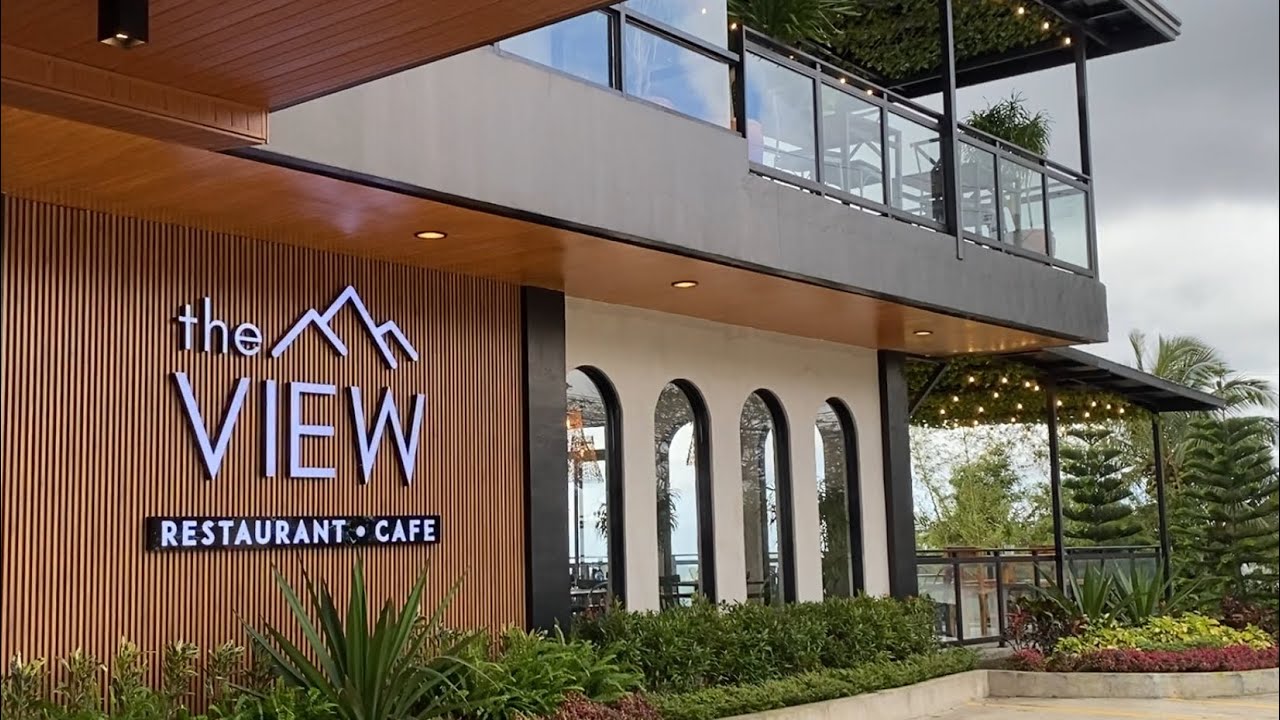

Planning & Engineering
What Zoning Is Required For A Restaurant
Modified: October 20, 2024
Learn about the essential planning and engineering zoning requirements for opening a restaurant. Maximize success with expert tips and insights.
(Many of the links in this article redirect to a specific reviewed product. Your purchase of these products through affiliate links helps to generate commission for Storables.com, at no extra cost. Learn more)
Introduction
Welcome to the world of restaurants, where delicious food and amazing experiences come together. Opening a restaurant involves careful planning and considerations. One crucial aspect that often gets overlooked is zoning requirements.
Understanding zoning regulations is crucial for any restaurant owner or aspiring entrepreneur. Zoning laws dictate how a specific area of land can be used for different purposes. Whether it’s a small bistro in a bustling urban neighborhood or a cozy diner in a residential area, every restaurant must comply with the zoning requirements set by local authorities.
In this article, we will delve into the intricacies of zoning regulations for restaurants. We will explore the different zoning categories that may apply, the permits and licenses required, accessibility and safety codes, noise and odor control, outdoor dining regulations, and much more.
By gaining a solid understanding of zoning requirements, you will be equipped with the knowledge to navigate the maze of regulations and ensure your restaurant operates within the legal framework while providing a delightful dining experience to your customers.
Key Takeaways:
- Navigating zoning regulations is crucial for restaurant owners to ensure legal compliance, create a welcoming environment, and avoid potential legal issues that can impact the success and reputation of their establishment.
- Understanding and adhering to zoning requirements allows restaurants to demonstrate a commitment to the community, the environment, and the well-being of customers and employees, laying the foundation for long-term success and positive reputation.
Read more: What Zoning Is Required For Truck Parking
Understanding Zoning
Before we dive into the specific zoning requirements for restaurants, it’s important to have a basic understanding of what zoning is and how it works. Zoning is a planning tool that divides land into different categories or zones based on their designated use.
Each zone has specific rules and regulations that govern what can be built or operated within that area. The primary purpose of zoning is to ensure that land use is organized in a way that promotes compatibility between different types of properties and protects the health, safety, and welfare of the community.
Zoning regulations are typically determined by local governments, such as municipalities or county authorities. They establish comprehensive plans and zoning ordinances that provide guidelines for development and land use within their jurisdictions.
In most areas, zoning is divided into several categories, including residential, commercial, industrial, and mixed-use. These categories further break down into subcategories that define the specific permitted uses and restrictions within each zone.
For restaurants, the relevant zoning category is typically commercial. However, local regulations may have specific designations for restaurants, such as “restaurant district” or “food service zone,” which may have additional requirements or restrictions.
Understanding the zoning designation for your restaurant’s location is crucial, as it will determine what you can and cannot do with the property. By familiarizing yourself with the zoning regulations, you can ensure that your business complies with the local laws and prevent potential legal issues in the future.
Zoning Regulations for Restaurants
When it comes to opening a restaurant, understanding the specific zoning regulations is vital to ensure compliance and avoid any legal complications. Zoning regulations for restaurants can vary depending on the location and the specific requirements set by local authorities. Here are some common zoning regulations that you should be aware of:
- Permitted Uses: Different zoning categories may have different lists of permitted uses. Restaurants are typically included in commercial zoning categories, but it’s essential to check local regulations to confirm whether a restaurant is allowed in the specific zone.
- Occupancy Limits: Zoning regulations may impose occupancy limits on restaurants based on the size of the establishment and the available parking space. These limits ensure that restaurants operate within safe capacities and avoid overcrowding.
- Building Codes and Regulations: Restaurants must comply with building codes and regulations that ensure safety and accessibility for customers. These codes cover areas such as fire safety, ventilation systems, plumbing, and electrical systems.
- Operational Hours: Zoning regulations may include restrictions on the operating hours of restaurants, especially in residential or mixed-use zones. Make sure to check if there are any time limitations on when your restaurant can be open to the public.
- Seating and Table Layout: Some zoning regulations may specify the minimum distance between tables and seatings, ensuring proper circulation and accessibility within the restaurant space. It’s important to consider these regulations when designing the layout of your establishment.
- Shared Parking Requirements: In commercial areas where parking space is limited, zoning regulations may require restaurants to share parking facilities with other businesses in the vicinity. You may need to provide evidence of sufficient parking spaces based on the seating capacity of your restaurant.
- Noise Control: Restaurants are often subject to noise control regulations to minimize disturbances to nearby residences or businesses. Zoning authorities may set limits on noise levels during specific hours or require the installation of soundproofing measures.
- Buffer Zones: In some cases, zoning regulations require restaurants to maintain buffer zones between their outdoor dining areas and nearby residential or sensitive areas. This ensures that noise, odors, and other potential disruptions are minimized.
These are just a few examples of the zoning regulations that can apply to restaurants. It’s crucial to research and consult with local authorities to fully understand and comply with the specific zoning requirements in your area. Failure to comply with these regulations can result in fines, closure orders, or other legal consequences that can significantly impact your business.
Commercial Zoning Requirements
Commercial zoning is the most common zoning category for restaurants. It is designated for areas that are primarily intended for commercial, retail, and business activities. Within commercial zones, there are typically specific requirements that restaurants must adhere to. Here are some common commercial zoning requirements for restaurants:
- Permitted Uses: Commercial zoning allows for a variety of businesses, including restaurants. However, it’s essential to verify the specific zoning regulations for your area to ensure that restaurants are explicitly listed as a permitted use.
- Minimum Lot Size: Some commercial zoning districts may have minimum lot size requirements for restaurants. This ensures that the restaurant has enough space for parking, outdoor dining areas, and any other facilities required for operation.
- Setback Requirements: Setback requirements dictate the minimum distance that a restaurant must be set back from the property lines or adjacent buildings. This ensures proper spacing between establishments and can affect the overall layout and design of the restaurant.
- Building Height and Size Restrictions: Commercial zoning may impose limits on the height and size of buildings. These restrictions ensure that the restaurant’s construction is in line with the surrounding area and does not hinder the overall aesthetic or cause any adverse impacts.
- Off-street Parking: Commercial zoning typically requires restaurants to provide a designated number of off-street parking spaces based on their seating capacity. The number of parking spaces required may vary depending on local regulations and the size of the restaurant.
- Landscaping and Aesthetics: Zoning regulations may include requirements for landscaping, such as the installation of green spaces, trees, and shrubs. These provisions enhance the visual appeal of the restaurant and contribute to the overall ambiance of the area.
- Accessibility: Restaurants are required to comply with accessibility standards to ensure that individuals with disabilities can access and navigate the establishment. This includes accessible parking spots, ramps, wide doorways, and wheelchair-accessible restrooms.
- Waste Management and Disposal: Zoning regulations often include guidelines for waste management and disposal. This ensures proper handling of food waste, recyclables, and general garbage, contributing to the cleanliness and sustainability of the area.
- Outdoor Dining: If you plan to have an outdoor dining area, commercial zoning regulations may have specific requirements regarding the size, location, and hours of operation for outdoor seating. These regulations are in place to ensure safety, minimize noise, and maintain compatibility with the surrounding area.
It’s crucial to research and comply with the commercial zoning requirements specific to your location. This will help ensure that your restaurant operates legally and smoothly, avoiding any conflicts with local authorities or neighboring businesses.
Special Use Permits
In some cases, restaurants may require a special use permit in addition to complying with the regular zoning requirements. A special use permit, also known as a conditional use permit or variance, allows for certain land uses that may not typically be permitted in a specific zoning district. Here’s what you need to know about special use permits for restaurants:
- Definition: A special use permit is a permission granted by local authorities to allow a specific land use that is considered compatible with the surrounding area, despite not being explicitly listed as a permitted use by a zoning ordinance. It is typically granted on a case-by-case basis.
- Application Process: To obtain a special use permit, you will likely need to submit an application to the local zoning board or planning commission. This application will include detailed information about your restaurant and its compliance with different requirements.
- Public Hearings: In many cases, obtaining a special use permit requires a public hearing during which interested parties, such as neighboring property owners or community members, can voice their opinions or concerns about the proposed land use. This allows authorities to assess the potential impacts and make an informed decision.
- Criteria for Approval: Different jurisdictions will have specific criteria that need to be met for a special use permit to be granted. These criteria often include factors such as the compatibility of the proposed use with the surrounding area, the impact on traffic and parking, the potential noise or odor concerns, and the overall benefit or detriment to the community.
- Conditions and Limitations: If a special use permit is approved, it may come with conditions or limitations that must be followed. These conditions can include restrictions on operating hours, noise control measures, parking requirements, or any other considerations deemed necessary by the local authorities to maintain harmony with the neighborhood.
- Renewal and Revocation: Special use permits are often issued for a specific period of time, typically several years. They may require renewal at set intervals. Failure to comply with the conditions or regulations outlined in the permit can lead to its revocation, resulting in the loss of the special land use privilege.
Special use permits can be a valuable tool for restaurant owners who wish to operate in areas that are not explicitly zoned for their use. However, the process can be complex and time-consuming. It’s crucial to consult with professionals familiar with local regulations and procedures to guide you through the application and ensure compliance with all necessary requirements.
Parking Requirements
When it comes to opening a restaurant, providing adequate parking is crucial to ensure that customers have a convenient and accessible place to park their vehicles. Parking requirements for restaurants are typically determined by local zoning regulations and can vary depending on the size of the establishment and the seating capacity. Here are some important considerations regarding parking requirements:
- Zoning Regulations: Zoning regulations dictate the number of parking spaces required for a restaurant based on its size, seating capacity, and location. The purpose of these regulations is to ensure that there is sufficient parking available and to minimize traffic congestion in the area.
- Minimum Parking Spaces: Zoning regulations specify the minimum number of parking spaces that a restaurant must provide. This requirement is typically based on the seating capacity and may vary depending on the local regulations. The aim is to ensure that there is parking available for customers and employees.
- Shared Parking: In some cases, restaurants may be allowed to share parking spaces with other businesses in the area. This can help alleviate parking requirements by taking advantage of overlapping operational hours and reducing the overall demand for parking spaces.
- Accessible Parking: Restaurants must provide accessible parking spaces for customers with disabilities. These spaces should be located close to the entrance and comply with accessibility standards, including proper signage, width, slope, and access aisles.
- Valet Parking: Some restaurants may offer valet parking services to accommodate customers and optimize parking utilization. However, it’s important to verify with local authorities if valet parking is allowed and if any permits or additional requirements are necessary.
- Off-site Parking: In situations where the restaurant’s site does not have enough space to meet the parking requirements, off-site parking arrangements may be considered. This involves leasing or securing parking spaces in nearby lots or garages to fulfill the parking obligation.
- Compact Car Spaces: Depending on local regulations, restaurants may be allowed to provide a certain percentage of compact car parking spaces to accommodate smaller vehicles. This helps maximize parking efficiency and utilization.
- Bicycle Parking: As more people are opting for eco-friendly transportation, providing bicycle parking facilities is becoming increasingly important. Some zoning regulations may require restaurants to have designated bicycle parking areas to encourage alternative modes of transportation.
It’s crucial to thoroughly research and understand the parking requirements outlined in the local zoning regulations. Failing to meet the parking requirements can lead to penalties, compliance issues, and potential negative impacts on the restaurant’s operations. Consulting with professionals familiar with local regulations can help ensure compliance and optimize parking solutions for your restaurant.
Signage Regulations
Signage plays a crucial role in attracting customers and promoting a restaurant’s brand. However, it’s important to comply with signage regulations set forth by local authorities to maintain visual harmony and ensure the safety of pedestrians and motorists. Here are some key considerations regarding signage regulations for restaurants:
- Zoning Restrictions: Zoning regulations often dictate the size, placement, and type of signage allowed for restaurants. These restrictions are in place to preserve the visual aesthetic of the area and prevent excessive signage that may distract or obstruct the view for drivers or pedestrians.
- Permitted Signage Types: Local regulations typically specify the types of signage permissible for restaurants. This may include fascia signs, window signs, sidewalk signs, awning signs, and free-standing signs. It’s essential to review the specific regulations to determine which types of signage are allowed and any restrictions that may apply.
- Size and Height Limits: Signage regulations may outline the maximum dimensions and heights allowed for restaurant signage. These limits ensure that signs are proportionate to the building, do not obstruct sightlines, and maintain the visual character of the area.
- Illumination: Zoning regulations may determine whether illuminated signs are permitted and any restrictions on their placement or brightness. Proper lighting ensures that signs are visible and legible, especially during nighttime hours, without creating excessive glare or light pollution.
- Sign Placement: Regulations often specify the permissible locations for signs, including setbacks from property lines, clearances above sidewalks, and distances from intersections or traffic signals. Compliance with these placement requirements helps maintain pedestrian safety and traffic flow.
- Permit Requirements: Depending on the jurisdiction, obtaining a permit for certain types of signage may be required. The permit process typically involves submitting detailed plans and specifications, paying a fee, and ensuring compliance with all relevant regulations.
- Temporary Signage: Temporary signage, such as banners or promotional signs, may have specific restrictions in terms of duration, size, and location. These regulations prevent the excessive use of temporary signs and maintain the integrity of the restaurant’s surroundings.
- Sign Maintenance: Zoning regulations may also require regular maintenance of signage, including replacing faded or damaged signs, removing outdated signage, and ensuring that signs do not become hazards due to deterioration or neglect.
It’s crucial to review and adhere to signage regulations in your specific jurisdiction to avoid potential fines, violations, or requests for sign removal. Consulting with professionals familiar with local regulations can help ensure compliance and create signage that effectively promotes your restaurant while adhering to the guidelines set forth by the local authorities.
Before opening a restaurant, check with your local zoning department to determine the specific zoning requirements for your establishment. Different areas may have different regulations for restaurants.
Accessibility Requirements
Ensuring accessibility is not only a legal requirement but also a moral obligation for businesses, including restaurants. Accessibility regulations aim to provide equal opportunities for individuals with disabilities to access and enjoy all aspects of a restaurant. Here are some key considerations for meeting accessibility requirements:
- Entrances: It is crucial to have accessible entrances that provide individuals with disabilities a barrier-free path to enter the restaurant. This includes having ramps or designated accessible entrances with proper width and slope, along with handrails for ease of use.
- Parking: Providing accessible parking spaces close to the entrance is important to accommodate customers with disabilities. The number of accessible parking spots required will depend on local regulations and may be based on the restaurant’s seating capacity.
- Pathways and Doorways: Ensure that pathways within the restaurant are wide enough to accommodate wheelchair users and individuals with mobility devices. Doorways should have sufficient clearance and be equipped with automatic or easily accessible door openers.
- Seating and Tables: Arranging seating and tables in a way that allows sufficient space for wheelchair users to navigate is essential. Designate accessible seating areas that are easily accessible and provide adequate clearance for wheelchair maneuverability.
- Restrooms: Restrooms must be accessible, including wider entry doors, ample turnaround space, grab bars, accessible sinks, and properly positioned mirrors. Compliance with plumbing codes is necessary to ensure proper functionality.
- Service Counters: Ensure that service counters, such as check-in or ordering counters, are at a height that accommodates individuals using wheelchairs. Offering a lower counter section or providing accessible communication devices can make interactions easier.
- Emergency Exits: Accessibility requirements extend to emergency exits to ensure that individuals with disabilities can safely evacuate in case of emergencies. Clear signage and accessible routes to emergency exits are vital.
- Communication: Consider providing accessibility features for individuals with hearing impairments, such as visual alarms, captioned displays, or assistive listening devices. Staff should also be trained to communicate effectively with customers with different types of disabilities.
- Training and Staff Awareness: Train your staff on disability awareness, including understanding accessibility requirements and offering assistance to customers with disabilities. This ensures a welcoming and inclusive environment for all patrons.
Meeting accessibility requirements goes beyond legal compliance; it demonstrates your commitment to creating an inclusive and welcoming space for all customers. By prioritizing accessibility in your restaurant, you not only provide equal access but also tap into a larger customer base and create a positive reputation built on inclusivity.
Health and Safety Codes
Ensuring the health and safety of both customers and employees is paramount for any restaurant. Compliance with health and safety codes is necessary to prevent foodborne illnesses, maintain sanitation standards, and create a safe environment for all. Here are some key considerations regarding health and safety codes for restaurants:
- Food Handling and Storage: Restaurants must follow strict guidelines for the proper handling, storage, and preparation of food to prevent contamination and foodborne illnesses. This includes adhering to temperature control requirements, maintaining proper hygiene practices, and using safe food storage methods.
- Sanitation: Regular cleaning and sanitation practices are essential to maintain a safe and hygienic environment. This includes routine cleaning of kitchen surfaces, equipment, utensils, and dining areas, as well as proper waste disposal and pest control measures.
- Employee Hygiene and Training: Staff members must be trained in proper hygiene practices, including handwashing, personal hygiene, and avoiding food contamination. It’s important to enforce practices such as using gloves, hair nets, and other protective gear when handling food.
- Fire Safety: Restaurants must comply with fire safety codes to ensure the safety of employees and customers. This includes maintaining functional fire extinguishers, installing fire suppression systems in kitchens, and regularly inspecting and testing fire alarms and emergency exits.
- Ventilation and Air Quality: Proper ventilation is crucial to maintaining air quality and preventing the buildup of pollutants, odors, and excessive heat in the kitchen and dining areas. Restaurants should have adequate ventilation systems that meet local regulations.
- Allergen Management: Managing food allergens is essential to protect customers with allergies from potential harm. Restaurants should have protocols in place to prevent cross-contamination and properly communicate allergen information to customers.
- Safe Equipment Usage: Proper maintenance and use of kitchen equipment are vital for employee safety. Regular inspections and maintenance of equipment, such as ovens, fryers, and slicers, are necessary to ensure their safe and efficient operation.
- Health Inspections: Health departments regularly conduct inspections to ensure restaurants comply with health and safety codes. These inspections typically evaluate food handling practices, cleanliness, employee hygiene, pest control, and overall compliance with regulations.
- Record-keeping: Keeping accurate records of food safety practices, employee training, and health inspections is crucial for demonstrating compliance and ensuring accountability.
Compliance with health and safety codes not only protects the well-being of customers and employees but also maintains the reputation and success of your restaurant. Stay up to date with local health department regulations, provide ongoing staff training, and implement robust systems to maintain a safe and sanitary environment.
Read more: What Is A Hot Pot Restaurant
Noise and Odor Control
Controlling noise and managing odors are crucial aspects of running a successful and harmonious restaurant. Noise and odor complaints from neighbors or nearby businesses can lead to legal issues and a negative reputation. Implementing effective noise and odor control measures can help maintain a pleasant environment for everyone. Here are some considerations for noise and odor control:
- Kitchen Ventilation Systems: Proper ventilation systems are vital to control odors generated by cooking. High-quality hoods, grease filters, and exhaust fans help remove smoke, steam, and cooking odors from the kitchen, minimizing their spread to other areas.
- Grease Traps and Waste Disposal: Regular maintenance of grease traps and proper waste disposal practices prevent foul smells and potential drainage issues. Grease traps should be cleaned and maintained according to local regulations to prevent odorous buildup.
- Proper Storage and Handling: Store food and ingredients in airtight containers to minimize odors and prevent cross-contamination. Proper disposal of spoiled or expired food is crucial to avoid unpleasant odors in the kitchen or storage areas.
- Noise-Reducing Materials: Incorporating noise-reducing materials such as acoustic panels, carpets, or soundproof curtains can help dampen noise within the restaurant. Adding insulation to walls and ceilings can further reduce noise transmission to neighboring properties.
- Music and Entertainment Volume: Manage the volume of background music, live performances, or entertainment within your restaurant to ensure it does not disturb neighboring properties. Regularly monitor and adjust sound levels to maintain a comfortable environment for both customers and neighbors.
- Outdoor Dining Considerations: If your restaurant offers outdoor dining, be conscious of noise levels and designate appropriate spaces for outdoor seating. Implementing buffer zones, strategic placement of outdoor seating, and utilizing sound-absorbing materials can help minimize noise disturbances.
- Proper Staff Training: Train your staff to be mindful of noise levels and the impact their actions can have on noise and odor control. Encourage them to be considerate of both customers and neighbors, especially when handling equipment or delivering supplies.
- Neighborhood Communication: Establish open lines of communication with neighbors and nearby businesses. Encourage feedback and address any concerns related to noise or odors promptly. Being proactive in addressing complaints can prevent escalation and maintain positive relationships with the community.
- Local Noise and Odor Regulations: Familiarize yourself with local noise and odor regulations to ensure compliance. Different jurisdictions may have specific guidelines or restrictions related to noise levels, operational hours, and odor control measures. Adhering to these regulations is essential to avoid legal issues.
By implementing effective noise and odor control measures, you can create a pleasant dining experience for your customers while maintaining positive relationships with neighbors and nearby businesses. Prioritizing noise and odor control not only benefits your restaurant’s reputation but also fosters a peaceful environment for all stakeholders.
Outdoor Dining Regulations
Outdoor dining has become increasingly popular, offering customers a unique and enjoyable dining experience. However, it’s important to understand and adhere to outdoor dining regulations set by local authorities. These regulations help ensure the safety, comfort, and compatibility of outdoor dining areas with the surrounding environment. Here are some key considerations for outdoor dining regulations:
- Zoning and Permits: Check the zoning regulations in your area to determine if outdoor dining is allowed and if any permits are required. Depending on the jurisdiction, you may need to obtain a special permit to operate an outdoor dining area.
- Space and Layout: The outdoor dining area should be designed to provide sufficient space for customers and maintain proper spacing between tables. Consider factors such as pedestrian flow, accessibility, and compatibility with neighboring properties.
- Enclosures and Barriers: Some jurisdictions may require barriers or enclosures around the outdoor dining area for safety reasons. These can include railings, partitions, or temporary fencing to separate the dining space from the sidewalk or street.
- Noise Control: Outdoor dining areas should comply with noise control regulations to minimize disturbances to neighboring properties. This may involve limiting the volume of music, controlling noise from customers, and implementing sound-dampening measures.
- Lighting: Proper lighting is essential for outdoor dining areas, ensuring a safe and pleasant environment. Consider using energy-efficient lighting fixtures that provide adequate illumination without causing light pollution or glare for nearby residents or motorists.
- Sidewalk Accessibility: If your outdoor dining area extends onto public sidewalks, ensure compliance with accessibility standards. Provide ample clearance for pedestrians, maintain proper path widths, and avoid obstructing accessibility ramps or emergency exits.
- Operating Hours: Outdoor dining areas may have specific operating hour restrictions, particularly in residential areas or mixed-use zones. Check local regulations to determine if there are limitations on the hours during which your outdoor dining area can be used.
- Weather Considerations: Take weather conditions into account when planning your outdoor dining area. Consider options such as umbrellas, awnings, or retractable coverings to provide shade during sunny days and protect customers from rain or inclement weather.
- Waste Management: Proper waste management is crucial for outdoor dining areas. Provide clearly labeled recycling and trash bins, and ensure regular collection and removal of waste to maintain cleanliness and prevent odors or pest issues.
- COVID-19 Safety Measures: In light of the COVID-19 pandemic, additional regulations or guidelines may be in place for outdoor dining. Stay updated on local health department requirements and implement necessary safety measures, such as physical distancing and sanitization protocols.
Understanding and complying with outdoor dining regulations helps ensure a safe and enjoyable experience for both customers and neighboring properties. By adhering to these regulations, you can create a well-designed and inviting outdoor dining area that enhances your restaurant’s ambiance and attracts customers.
Alcohol Licenses and Regulations
Serving alcoholic beverages in a restaurant can enhance the dining experience and increase revenue. However, it is crucial to understand and comply with alcohol licenses and regulations to ensure legal operation and responsible service. Here are some key considerations for alcohol licenses and regulations in the restaurant industry:
- Alcohol Licensing: Obtain the necessary alcohol license or permit to legally serve alcoholic beverages in your restaurant. The specific requirements and application process may vary depending on the jurisdiction and type of license required (e.g., beer and wine, full liquor license).
- Minimum Drinking Age: Comply with the minimum legal drinking age set by the jurisdiction where your restaurant is located. Ensure strict adherence to age restrictions and implement procedures for verifying the age of customers before serving alcohol.
- Serving Hours: Familiarize yourself with local regulations regarding the hours during which alcohol can be legally served. Some jurisdictions have specific limitations on serving hours, particularly in residential areas or near educational institutions.
- Responsible Service of Alcohol: Train your staff on responsible alcohol service to prevent overconsumption and ensure the safety of customers. This includes recognizing signs of intoxication, managing difficult situations, and following protocols for refusing service when necessary.
- Identification and Age Verification: Implement stringent procedures for checking identification to avoid serving alcohol to underage customers. Train staff on recognizing valid identification documents and ensure compliance with local laws regarding acceptable forms of identification.
- Prohibited Sales: Understand and comply with regulations concerning the sale of specific alcoholic beverages, such as high-alcohol content drinks or certain types of distilled spirits. Some jurisdictions may have restrictions on the sale of certain beverages due to their potency or perceived health risks.
- Advertising and Promotions: Adhere to regulations regarding the advertising and promotion of alcoholic beverages. Some jurisdictions have specific guidelines on how alcohol can be marketed, emphasizing responsible consumption and avoiding misleading or deceptive advertising practices.
- Special Events: If you plan to serve alcohol at special events hosted by your restaurant, ensure you obtain the necessary permits or licenses. Some jurisdictions may have specific regulations or additional requirements for serving alcohol at temporary events.
- Liability and Insurance: Obtain appropriate liability insurance coverage to protect your restaurant from potential legal claims related to the service of alcohol. It’s essential to mitigate risks and ensure adequate coverage in case of incidents or accidents involving alcohol consumption.
- Local Alcohol Control Boards: Stay informed about local alcohol control boards or authorities that oversee alcohol licensing and regulation. Regularly check for updates and communicate with relevant authorities to ensure compliance with any changes in regulations.
Adhering to alcohol licenses and regulations is vital for the legal and responsible operation of your restaurant. It helps protect both your customers and your business from potential legal issues and ensures a safe and enjoyable dining experience for all.
Conclusion
Understanding and adhering to zoning requirements is a critical aspect of opening and operating a successful restaurant. Zoning regulations govern land use and ensure that businesses operate within the legal framework while maintaining compatibility with the surrounding area. Throughout this article, we have explored the various aspects of zoning regulations that directly impact restaurants.
From commercial zoning requirements to special use permits, parking requirements, signage regulations, accessibility requirements, health and safety codes, noise and odor control, outdoor dining regulations, and alcohol licenses, each factor plays a vital role in shaping the operations and compliance of a restaurant.
By navigating these zoning regulations effectively, restaurant owners can create an environment that is not only legally sound but also appealing to their target audience. Compliance with zoning regulations demonstrates a commitment to the community, the environment, and the well-being of customers and employees.
It is important to conduct thorough research and consult with professionals familiar with local regulations to ensure compliance with specific zoning requirements. Failure to do so can result in legal complications, fines, or other undesirable consequences that can significantly impact your restaurant’s success and reputation.
As the restaurant industry continues to evolve, keeping up with changing zoning regulations and adapting to new requirements is crucial. Staying informed about updates and engaging with local authorities will help ensure ongoing compliance and provide opportunities for growth and innovation.
In conclusion, by understanding and adhering to zoning regulations, restaurants can create a foundation for success. By navigating the intricacies of zoning categories, obtaining necessary permits, following parking and signage requirements, maintaining accessibility, adhering to health and safety codes, managing noise and odors, and complying with alcohol regulations, restaurant owners can create a thriving establishment that meets the needs of its customers while contributing positively to the community.
Remember, while zoning requirements may seem daunting, they ultimately exist to ensure the orderly development of communities and protect the interests of all stakeholders involved. Embracing and understanding zoning regulations will set your restaurant on the path to long-term success, legal compliance, and a positive reputation.
Curious about how different areas are designated for various business types? Our next piece sheds light on "commercial zoning," explaining its definitions and implications. Understanding these rules proves vital for anyone looking to dive into property development or business setup. Reading up on commercial zoning will clarify many questions surrounding property use and restrictions, offering a smoother path for your entrepreneurial or real estate ventures.
Frequently Asked Questions about What Zoning Is Required For A Restaurant
Was this page helpful?
At Storables.com, we guarantee accurate and reliable information. Our content, validated by Expert Board Contributors, is crafted following stringent Editorial Policies. We're committed to providing you with well-researched, expert-backed insights for all your informational needs.
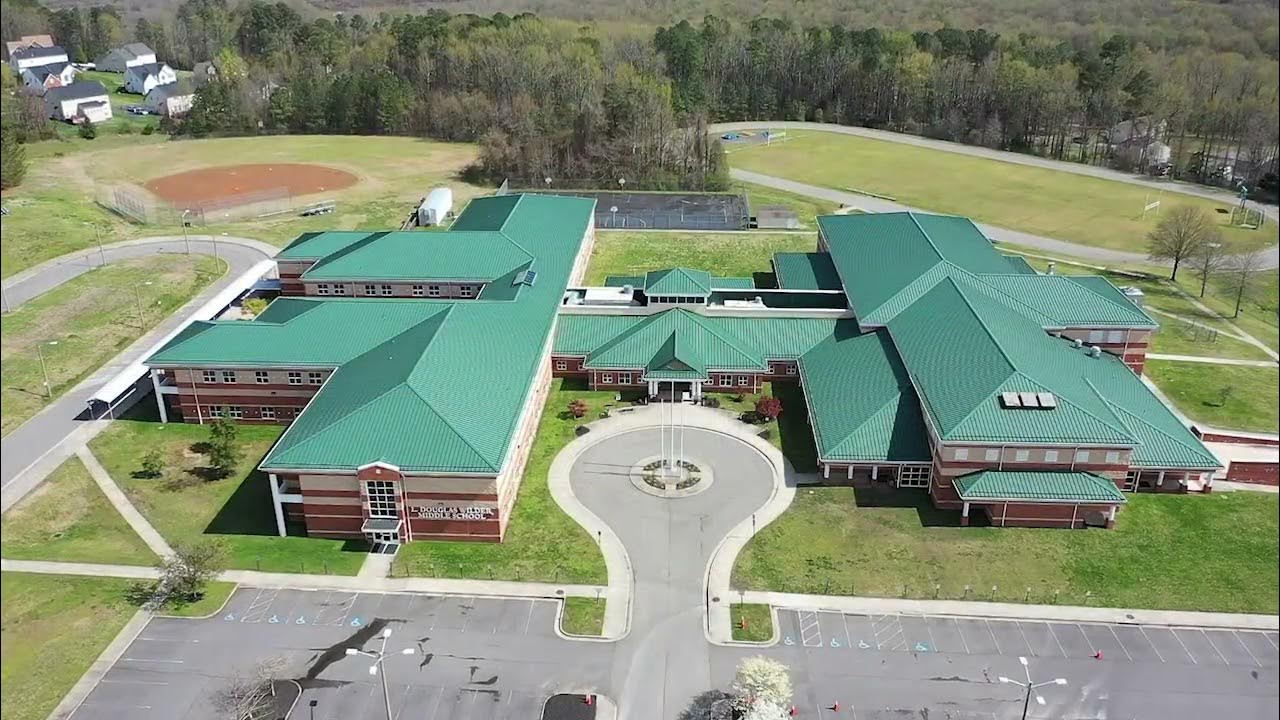


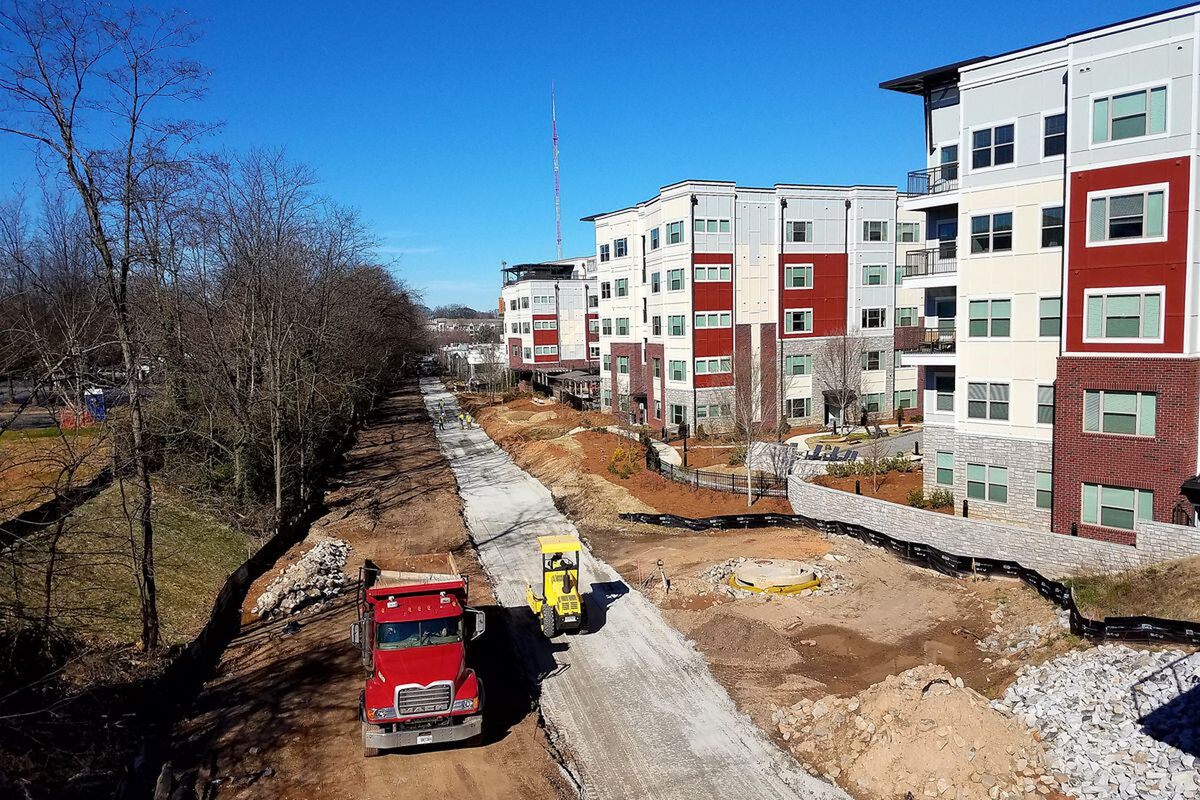

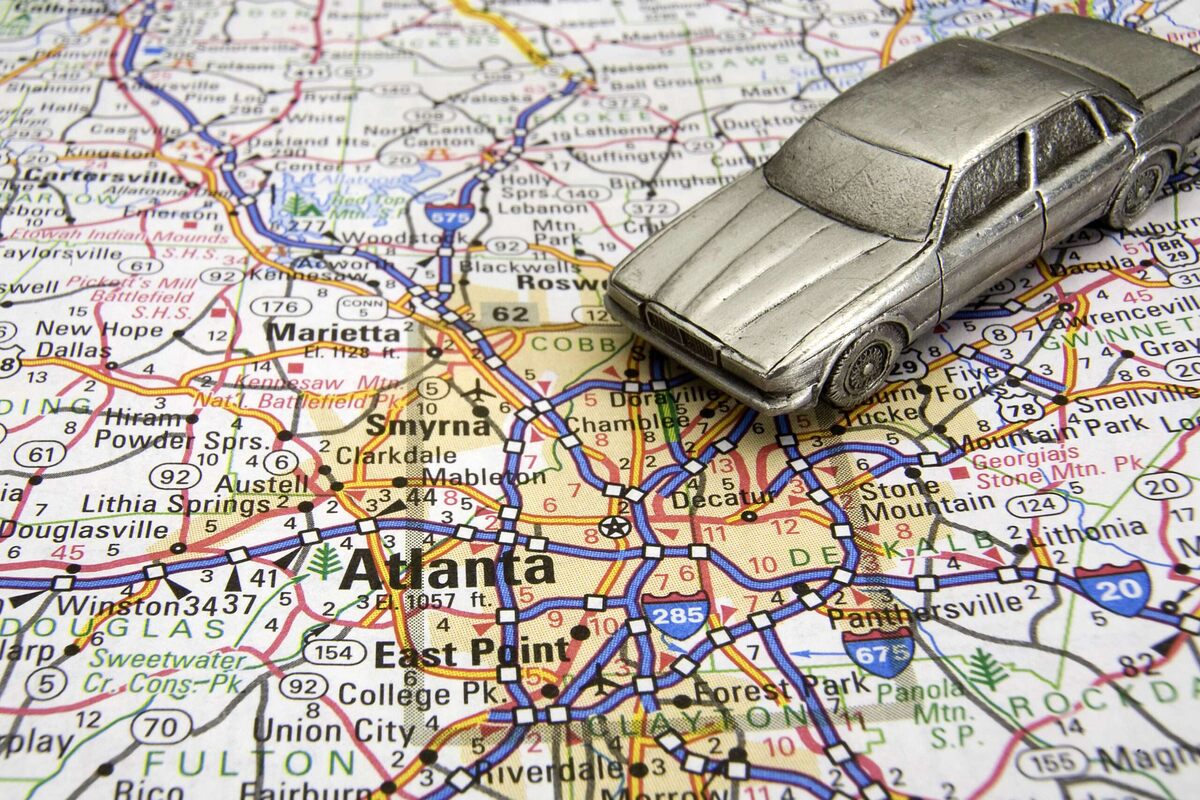
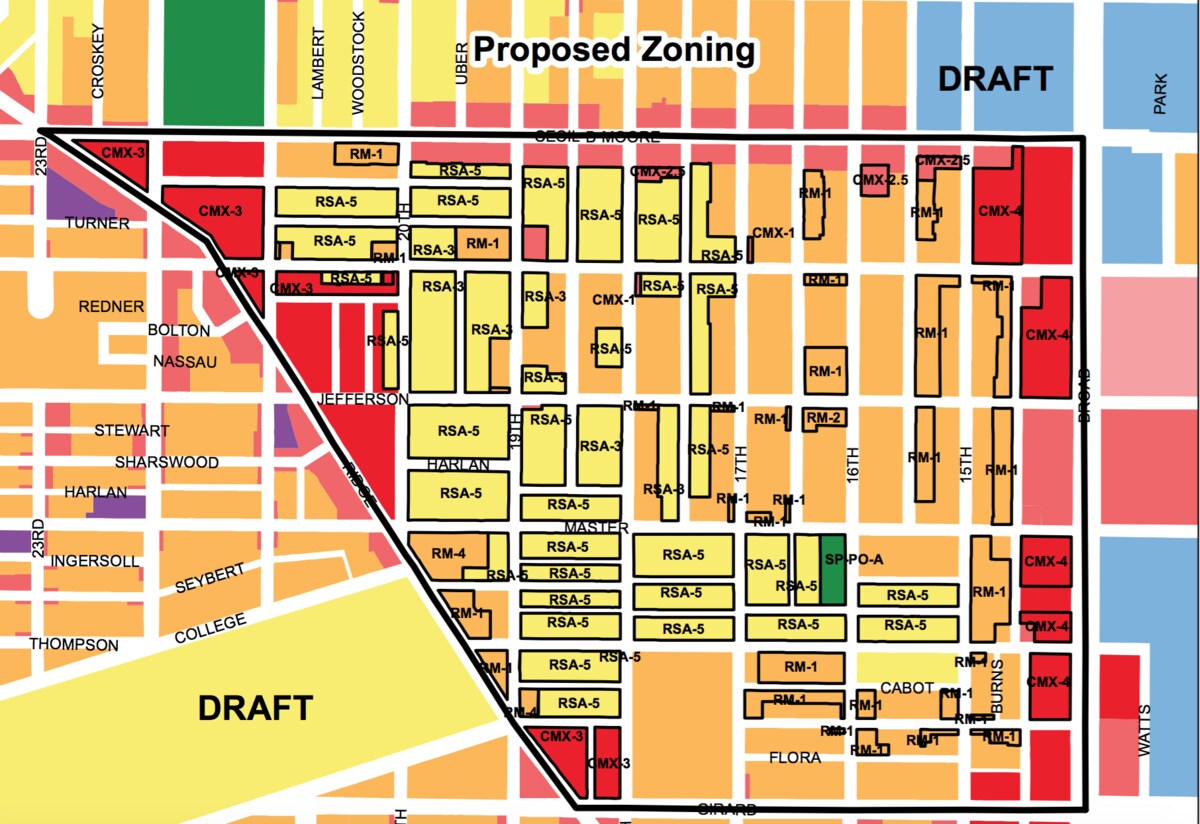
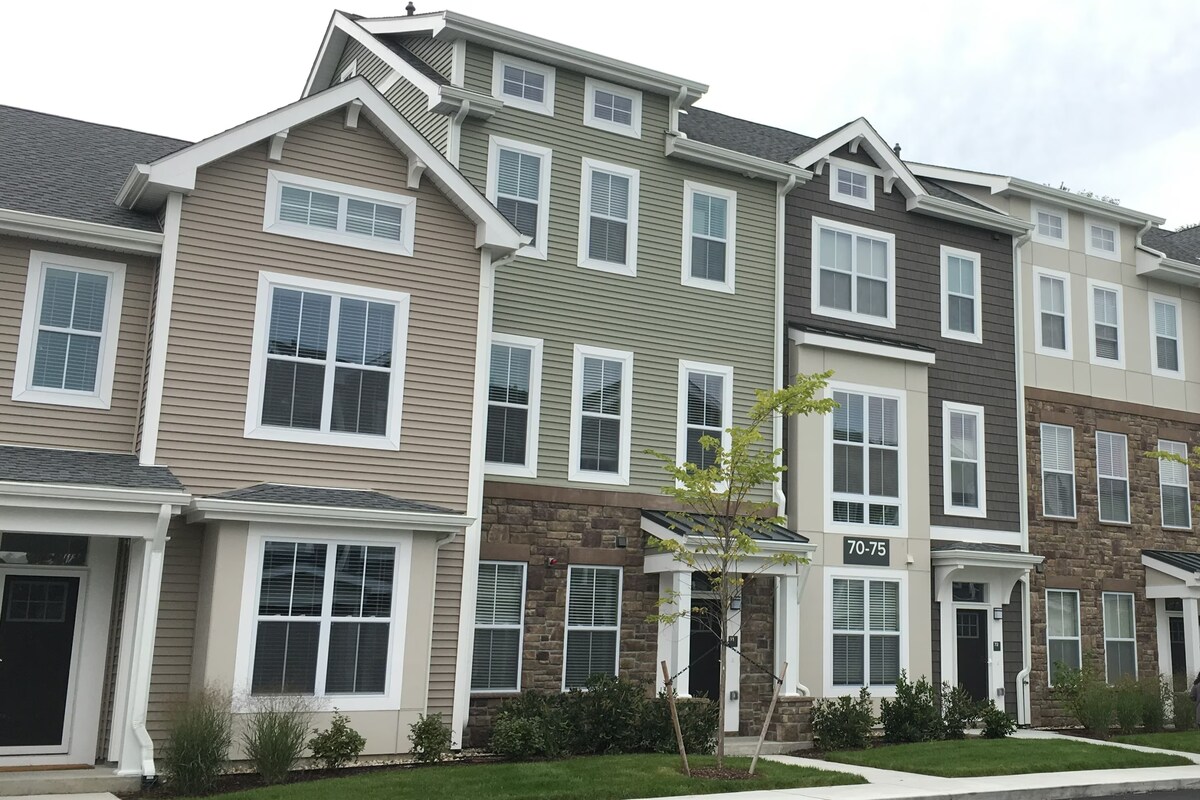

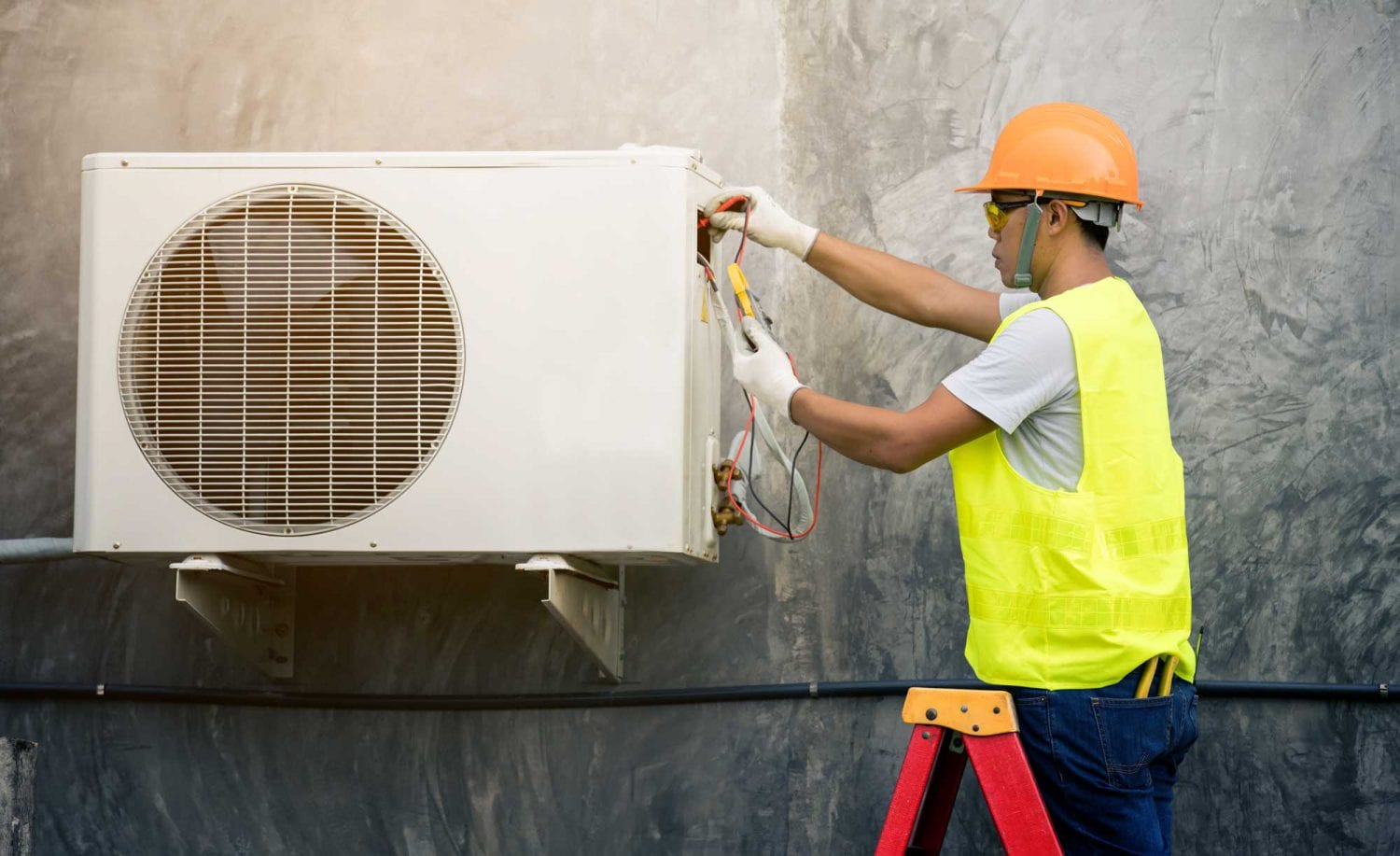
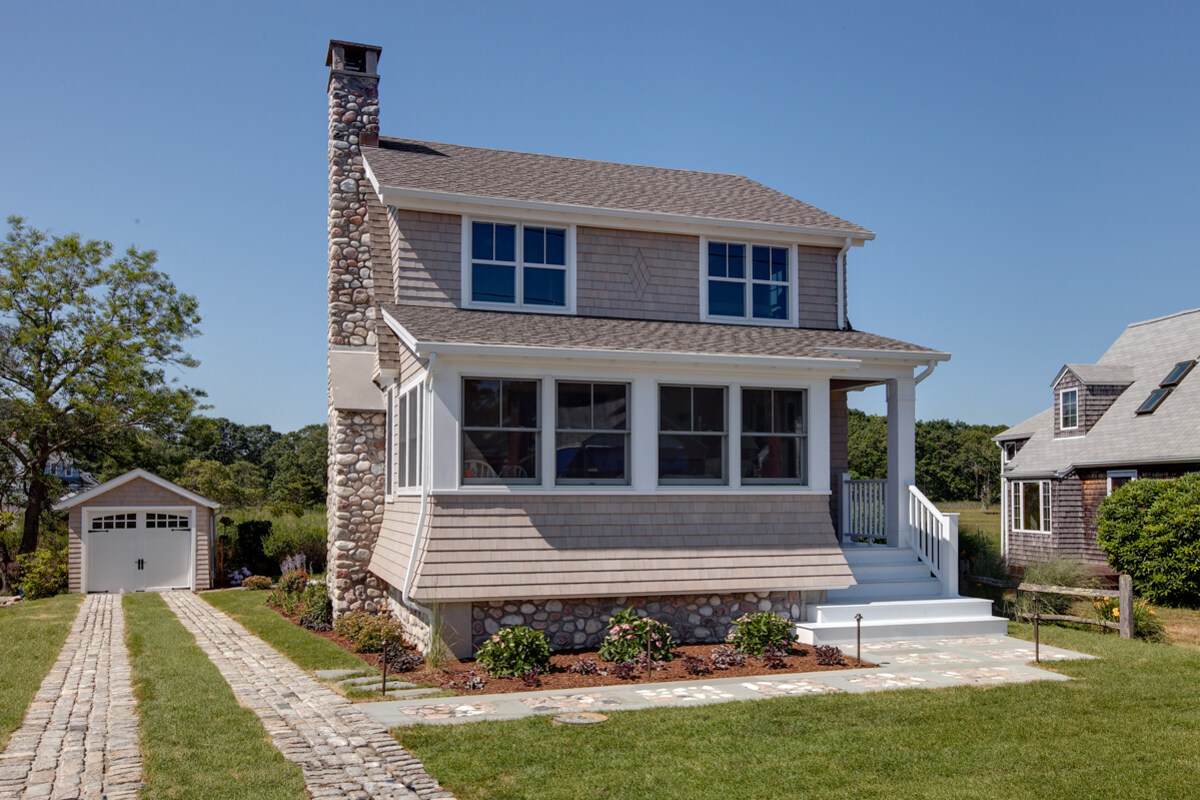

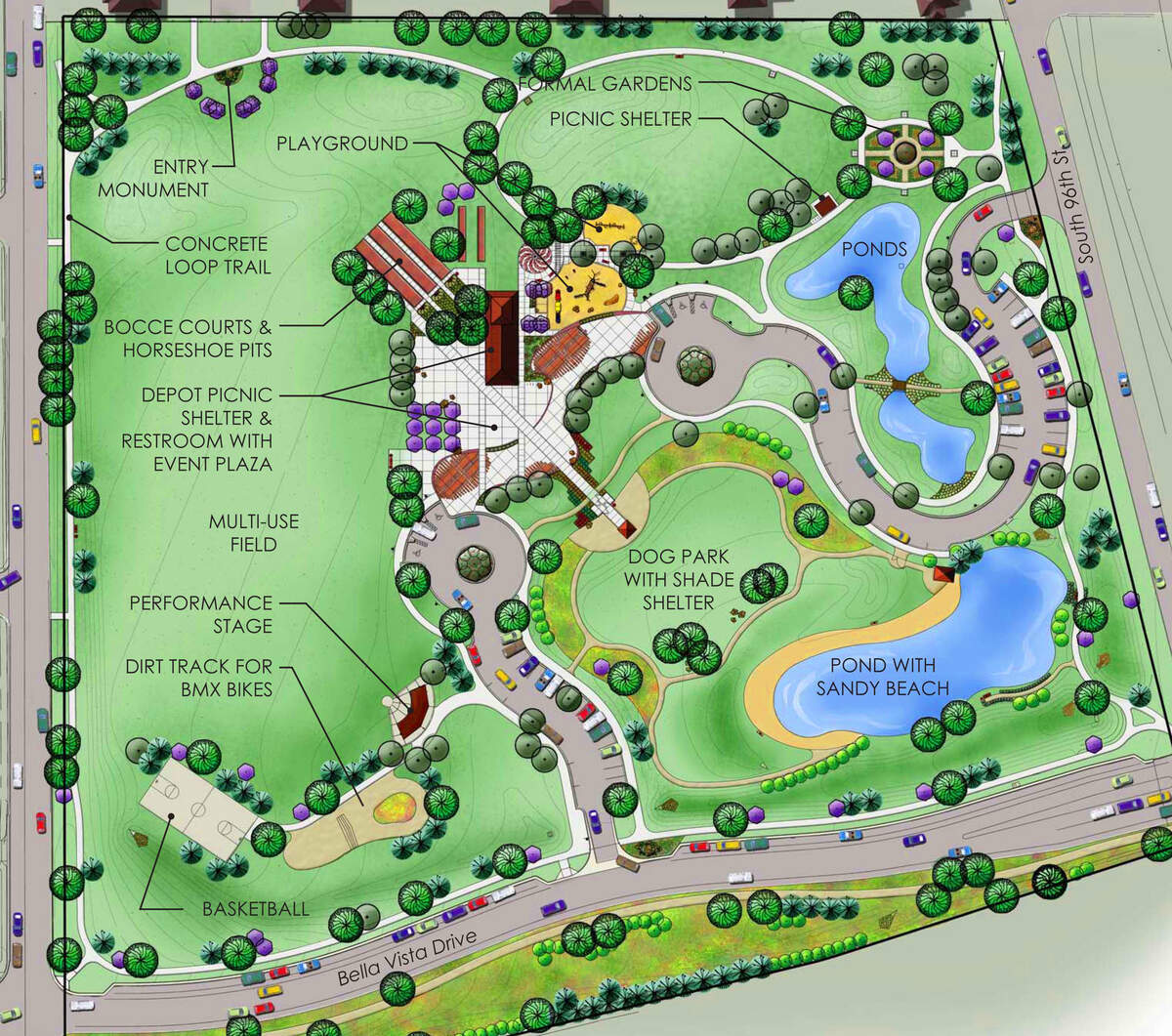

0 thoughts on “What Zoning Is Required For A Restaurant”